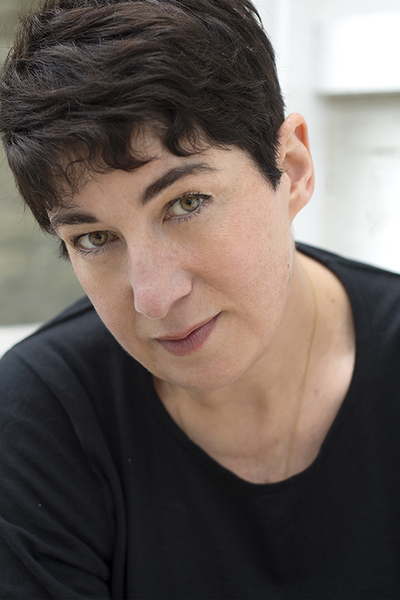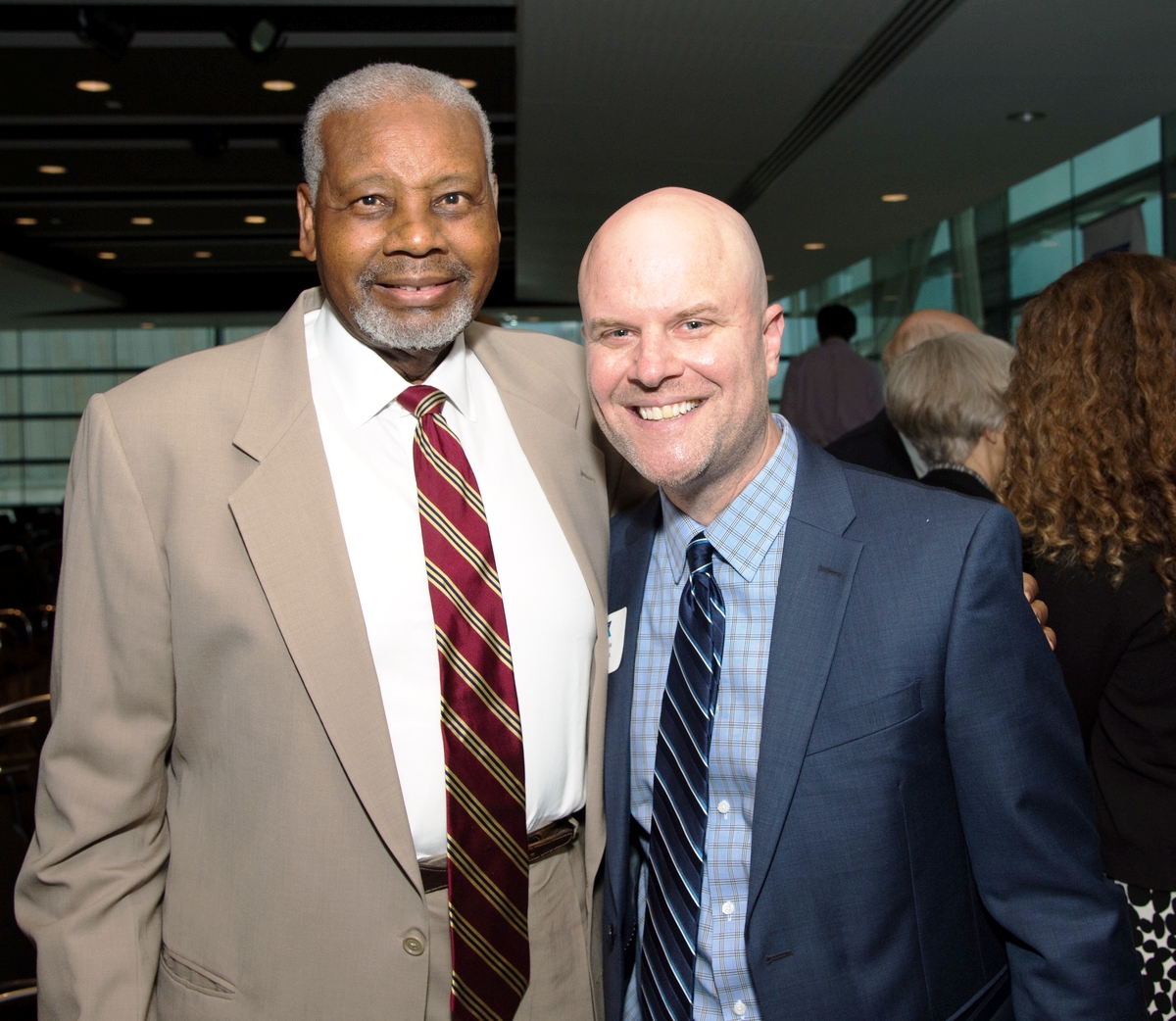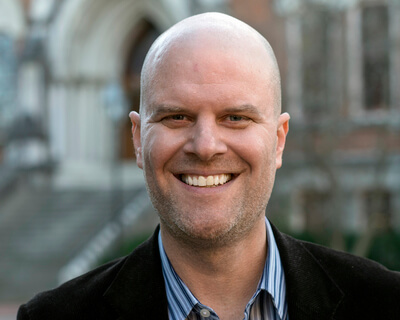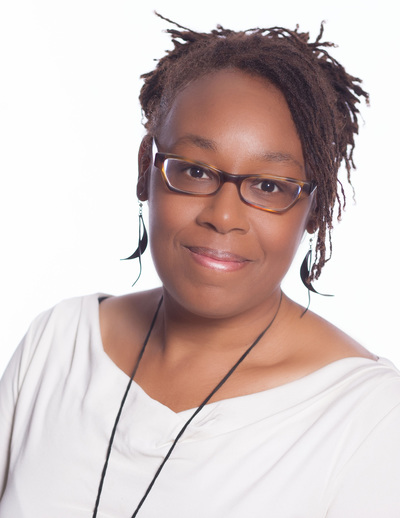I almost didn’t write The Other Einstein. The little-known story of Mileva Marić, who made a heroic ascent from the misogynistic backwater of 19th-century Eastern Europe to become one of Europe’s first female physicists, kept calling to me, begging to be written. But the tale necessarily involved a depiction of Albert Einstein, the fellow Zurich Polytechnic student who wooed Mileva for years before their marriage in 1903—and who wanted to face that hurdle?
The idea of writing about the so-called secular saint, who was chosen as the Person of the Century by Time magazine and galvanized not only science but also the cultural and political landscape with his genius, daunted me. Obviously. Not to mention that people hold many preconceptions about Albert Einstein, and I wasn’t certain that I wanted to challenge them with The Other Einstein.
But then I realized that The Other Einstein wasn’t his story. It was her story. One that had been buried by time and prejudice and misconceptions. And I realized that I was honor-bound to excavate Mileva from the detritus of the past and share her with the world.
So I faced my discomfort with writing about one of the world’s most famous figures head-on. I dove deep into the world of 19th-century science. I tried to immerse myself in whatever details I could cobble together about Mileva, a surprisingly challenging task given that she had been married to Einstein for 16 years. While countless tomes exist about him and his work, Mileva doesn’t figure prominently in many of them.
Then I discovered Mileva’s letters. Written to family members, friends and, of course, Albert, those letters became my window into her life. They enabled me to imagine myself as the young Mileva. So tiny, her family joked that they needed to put stones in her pockets to keep the wind from blowing her away. So startlingly brilliant that her father fought against the Austro-Hungarian Empire’s laws preventing females from attending high school to secure her place in an all-male upper school. So different from all the other girls that she received the brunt of their youthful mockery. And so physically deformed in her hips that she believed no one would ever want to marry her.
In becoming Mileva, I began to see Albert Einstein through her eyes. He became a roguish, charismatic college student. He changed into a youthful, open-minded scientific partner and collaborator. He shined as a violinist who accompanied her singing with the gusto of a fellow musician. He transformed from a friend into a determined and ardent lover, who morphed again into a husband and father, bringing both tremendous joy and heartbreaking disappointment.
No longer the wild-haired scientific icon, Albert Einstein became a person. Marvelous yet flawed, as all people are. This metamorphosis, achieved only after long months of research, freed me from my fears. And I was able to write about Albert as Mileva experienced him.
But no matter how comfortable I became writing about Albert Einstein, The Other Einstein never became his story. It always remained hers.
Marie Benedict practiced law for more than 10 years before launching a career as a novelist. The Other Einstein is the first in a planned series telling the stories of women lost to history. Benedict, who has also published three thrillers as Heather Terrell, lives in Pittsburgh with her family.
ALSO IN BOOKPAGE: Read our review of The Other Einstein.
This article was originally published in the November 2016 issue of BookPage. Download the entire issue for the Kindle or Nook.















